Coventry, The Stocks, St Mary's Hall c.1890
Photo ref:
C169302


More about this scene
The stocks, along with the pillory and the whipping post, were instruments of punishment at one time in use throughout England. The stocks were usually positioned on a main thoroughfare, or better still in the market place; convicted wrongdoers were secured in them by either their legs or arms. Punishment might well involve several sessions in the stocks on consecutive market days.
Add to Album
You must be signed in to save to an album
Sign inShare This Photo
Buy a Print
Unframed, Mounted, Framed and Canvas prints in a range of sizes and styles.
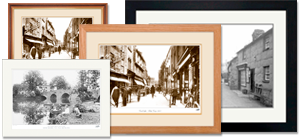
View Sizes & Prices
A Selection of Memories from Coventry
For many years now, we've been inviting visitors to our website to add their own memories to share their experiences of life as it was, prompted by the photographs in our archive. Here are some from Coventry
Sparked a Memory for you?
If this has sparked a memory, why not share it here?

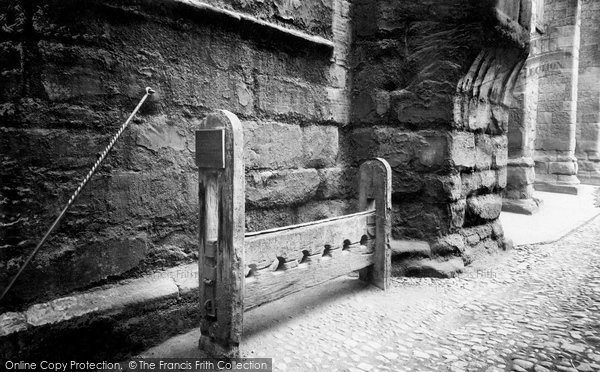
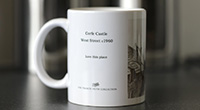
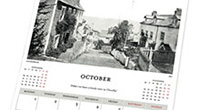
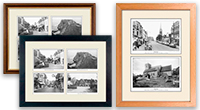
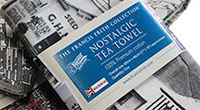
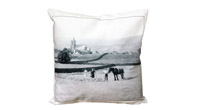

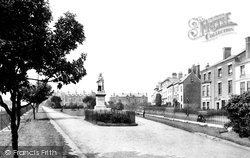
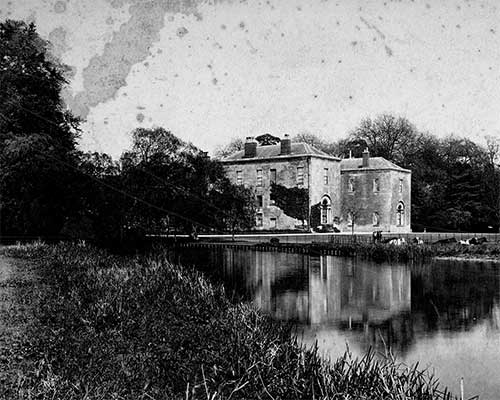 Before
Before
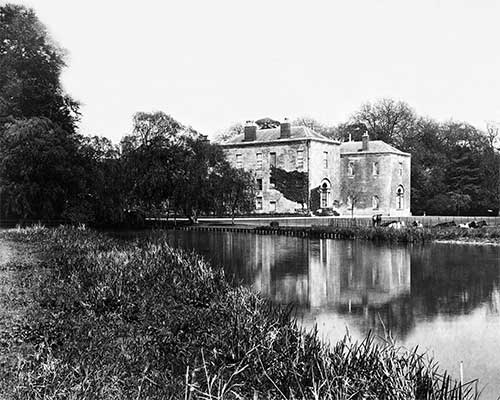 After
After